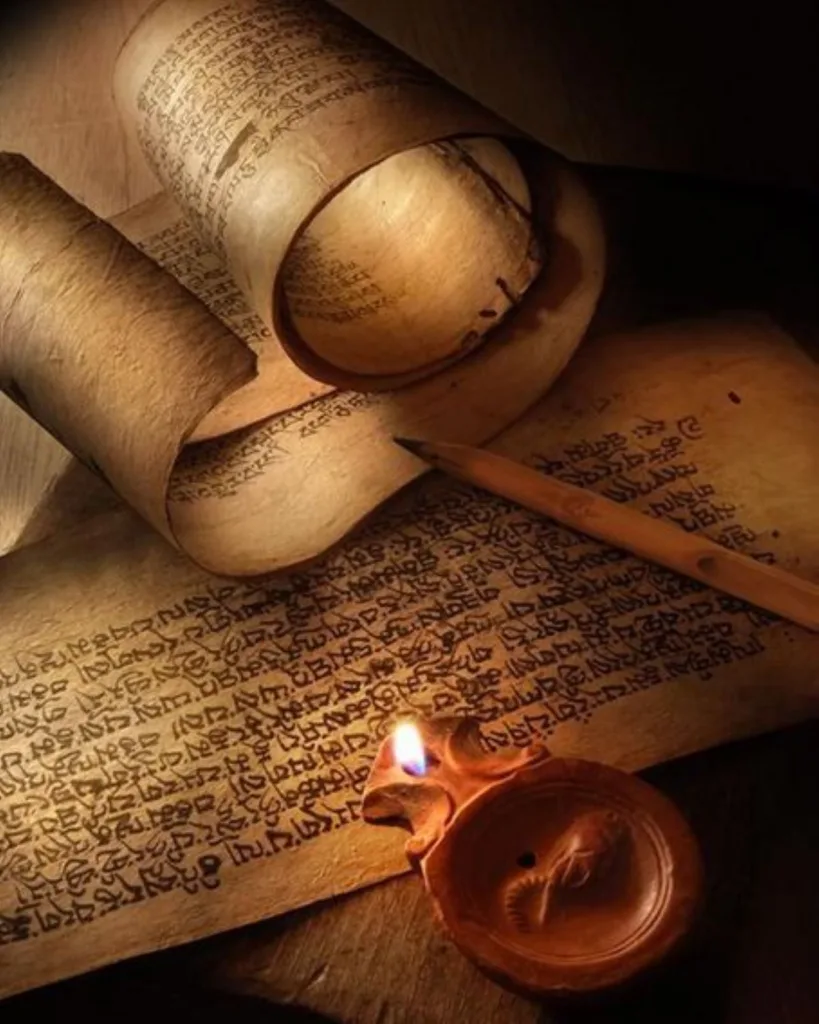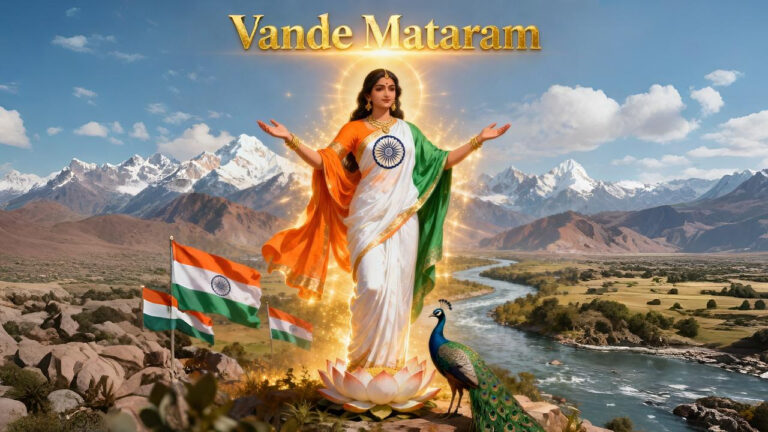
Unveiling Treasures of Ancient Wisdom: Exploring 4 Vedas of India
The Vedas are considered to be one of the most important sources of Ancient Indian history and culture. These ancient books affected not only the religious practises of the region, but also the larger framework of Hinduism. There are four sorts of Vedas: Rigveda, Samaveda, Yajurveda, and Atharvaveda. Each Veda has its own distinct traits and contributions to India’s spiritual and cultural tapestry.
Rigveda: The Oldest Testament
The Rigveda holds the distinction of being the oldest among the Vedas. Comprising a collection of 1028 hymns known as ‘Suktas,’ it is divided into 10 books or ‘Mandalas.’ This Veda is often revered as the foundational scripture of the Indian tradition. The following features define the essence of Rigveda:
- Age and Significance: Dating back to approximately 1800 – 1100 BCE, the Rigveda represents the earliest form of Vedic Sanskrit text.
- Etymology: The term ‘Rigveda’ translates to ‘Praise Knowledge’ – a fitting description of its hymns that extol various deities and cosmic concepts.
- Structure: With a total of 10600 verses, the Rigveda’s books 2-9 delve into cosmology and deities, while books 1 and 10 explore philosophical questions and societal virtues, including charity.
- Age of Books: Books 1 and 10 are the youngest and longest, penned later than books 2 to 9. The former deal with philosophical inquiries and virtues, while the latter explore cosmology and deities.
- Hymns and Dedication: The 1028 hymns are dedicated to various deities, including Agni and Indra, attributed to sage rishis. The ninth book is entirely devoted to Soma.
- Meters: Rigveda employs meters such as Gayatri, Anushtubh, Trishtubh, and Jagati, with Gayatri and Trishtubh being the most crucial.

Samaveda: The Melodic Veda
Samaveda, often referred to as the ‘Veda of melodies and chants,’ holds a prominent place in Vedic literature. Dated around 1200-800 BCE, it is closely linked with public worship and rituals. Key features that define the Samaveda include:
- Verses and Upanishads: Containing 1549 verses, Samaveda incorporates two Upanishads – Chandogya Upanishad and Kena Upanishad – enriching its spiritual and philosophical depth.
- Musical Foundation: The Samaveda is revered as the root of Indian classical music and dance, acting as a reservoir of melodious chants.
- Recensions: The text exists in three recensions – Kauthuma, Raṇayaniya, and Jaimaniya – reflecting varying interpretations.
- Categorization: Samaveda is divided into two parts – Gana, comprising melodies, and Archika, encompassing three-verse books.
- Auditory Medium: Unlike traditional texts, Samaveda Samhita is meant to be heard like a musical score sheet, emphasizing the auditory experience.
Yajurveda: The Veda of Worship
Yajurveda, translating to ‘Worship Knowledge,’ aligns itself closely with rituals and ceremonial practices. Originating around 1100-800 BCE, it encompasses ritual-offering mantras. Key attributes of Yajurveda include:
- Duality of Types: Yajurveda exists in two forms – Krishna (Black/Dark) Yajurveda and Shukla (White/Bright) Yajurveda. The former has unarranged verses, while the latter features clear and organized compositions.
- Layers of Verses: The oldest layer contains 1875 verses primarily sourced from Rigveda, while the middle layer incorporates Satapatha Brahmana, a commentary on Shukla Yajurveda. The youngest layer features Upanishads like Brihadaranyaka, Isha, Taittiriya, Katha, Shvetashvatara, and Maitri.
- Krishna Yajurveda: Four recensions exist for Krishna Yajurveda – Taittiriya saṃhita, Maitrayani saṃhita, Kaṭha saṃhita, and Kapisthala saṃhita.

Atharvaveda: The Veda of Knowledge and Charms
Atharvaveda, associated with the ancient sage Atharvan, encapsulates a comprehensive range of daily life procedures. Dating to around 1000-800 BCE, it comprises hymns, mantras, and magical formulas. Prominent features of Atharvaveda are:
- Comprehensive Guidance: Atharvaveda extensively enumerates daily life practices, offering a holistic view of human existence.
- Hymns and Books: With 730 hymns/suktas, 6000 mantras, and 20 books, Atharvaveda presents a wealth of wisdom and guidance.
- Recensions: The surviving recensions are Paippalada and Saunakiya.
- Magical and Practical: Atharvaveda stands unique with its inclusion of magical spells and charms aimed at addressing various life challenges and seeking benefits.
In conclusion, the four Vedas – Rigveda, Samaveda, Yajurveda, and Atharvaveda – collectively illuminate the multifaceted dimensions of ancient Indian culture, spirituality, and wisdom. Each Veda contributes its distinct insights, be it through philosophical contemplation, melodious worship, ritual mantras, or practical life guidance. These texts remain invaluable treasures that continue to influence and shape the spiritual and cultural landscape of India.
Watch A brief history of VEDAS






